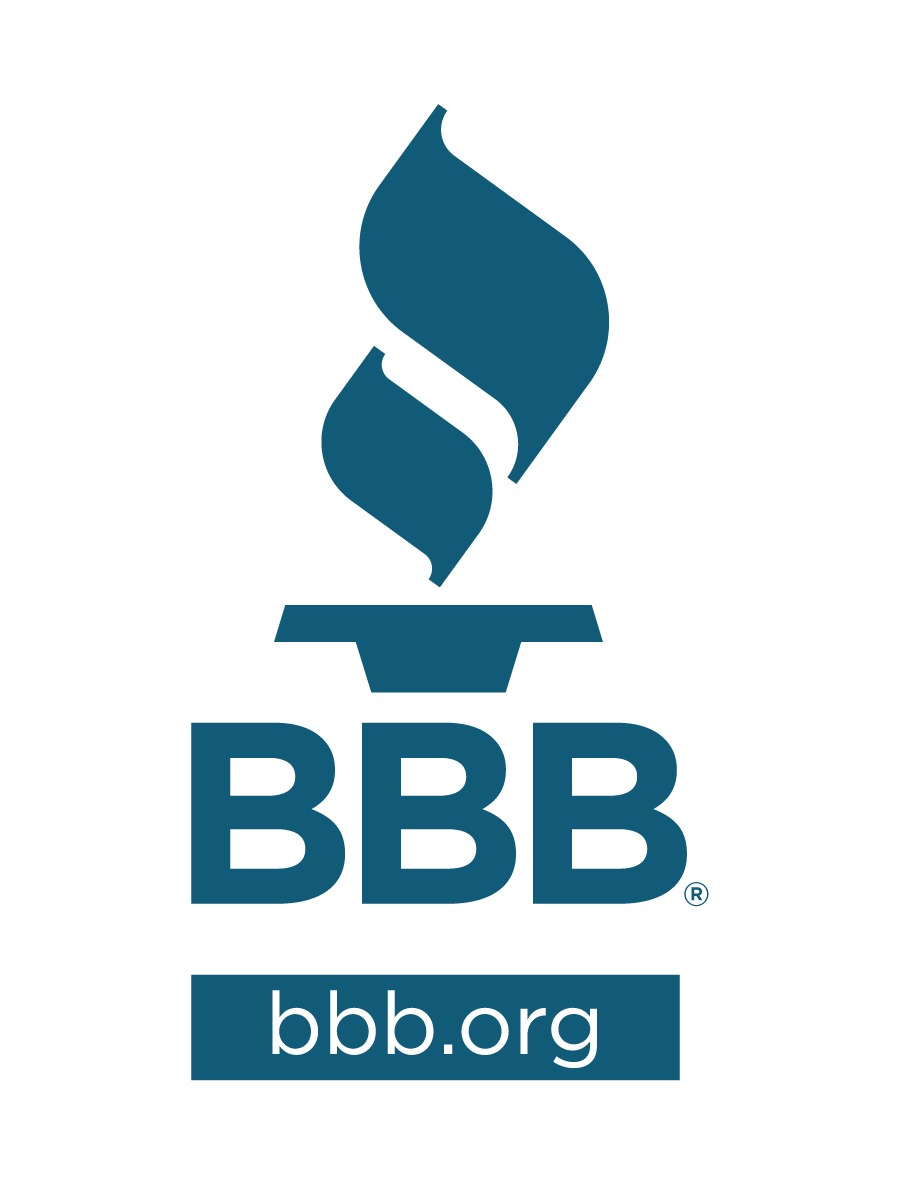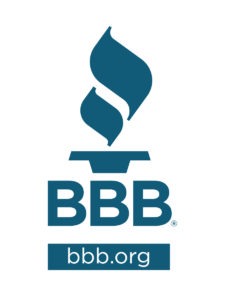![MP900178801[1]](https://dsef.org/wp-content/uploads/2011/11/MP9001788011-201x300.jpg) Have you ever been sitting next to someone, and they suddenly yawn? What happens next? You also find the need to yawn. It’s a strange phenomenon, but it applies to the way we are influenced by those around us. People who are positive, upbeat, ambitious, and persistent can be wonderful inspirations because those desirable qualities rub off on us. Therefore, it is important to reflect a bit on the people with whom you associate and decide if they are having a good influence on you or not. Read on for some suggestions about how to surround yourself with success.
Have you ever been sitting next to someone, and they suddenly yawn? What happens next? You also find the need to yawn. It’s a strange phenomenon, but it applies to the way we are influenced by those around us. People who are positive, upbeat, ambitious, and persistent can be wonderful inspirations because those desirable qualities rub off on us. Therefore, it is important to reflect a bit on the people with whom you associate and decide if they are having a good influence on you or not. Read on for some suggestions about how to surround yourself with success.
- Identify the three major business relationships you have. Ask yourself questions such as, “Why does this relationship exist?” and “How is each of us benefitting from the relationship?” Also identify what characteristics of these people are either boosters or detractors. Do they help you succeed and meet your business goals? If the answer is no, then consider forming new professional relationships with successful people that you can bring to the forefront of your inner circle.
- Learn from the negative. No matter what industry you’re in, there are going to be a number of negative people and/or situations (think Eeyore). Instead of letting this negativity bog you down and keep you from doing your absolute best, use it to learn what NOT to do and bolster yourself onto your own successful path (think Tigger). Mind over matter is really important here because sometimes it’s difficult, if not impossible, to avoid being around some level of negativity. However, you can control how you handle it and what your attitude is going to be. Will you be an Eeyore or a Tigger? The choice is yours.
- You don’t have to actually know successful people to learn from them. If you are just starting out in your business and have yet to form these ideal relationships, then use resources that are available to you that can reinforce positive and inspiring messages regularly. Find some successful industry experts that you can aspire to be like; read their books, attend their seminars, follow them on Twitter, etc. Take what they can offer you about success in business and apply those things to your own situation.
- Pay it forward. Maybe those around you who seem negative just need someone to inspire them. Don’t be afraid to be that person. For example, it’s a proven fact that people who are trying to lose weight are more successful when they do so with a friend; they might exercise together, plan meals together, or even just drop each other an encouraging email every week. The same goes for your business relationships. Your determination to be successful can certainly influence someone else in a positive way if you exude your optimism and drive in all that you do.
Surrounding yourself with success, like many other aspects of business ownership, can be a challenge. However, it is an important one to take on because your attitude is a key indicator of your success. What are some ways that you surround yourself with success? We’d love to hear from you in the comments section below!















![MP900321197[1]](https://dsef.org/wp-content/uploads/2011/09/MP9003211971-214x300.jpg)

![MP900386276[1]](https://dsef.org/wp-content/uploads/2011/10/MP9003862761-300x199.jpg)